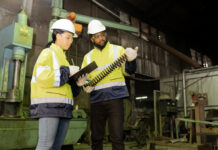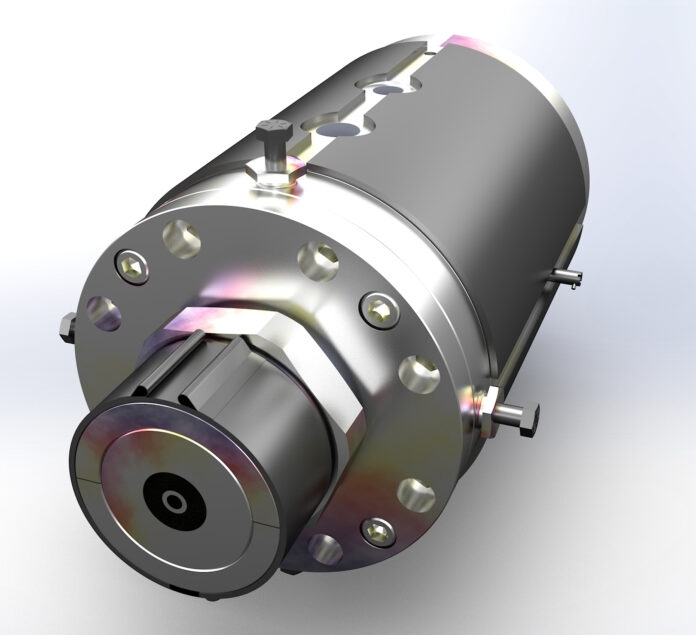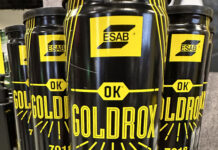In the coming years, the global market for pipes used in irrigation/sewage systems and industrial applications is expected to grow. This increased demand for pipes is driven by the increasing need for water and wastewater infrastructure, as well as the growth of industrialization and urbanization. These factors are expected to drive demand for pipes in emerging economies such as China, India and Brazil, as well as in developed markets including the U.S. and Europe.
Used by tube and pipe producers for larger diameter capabilities, this new pipe die is capable of providing a finished extrusion with OD from 2”-15”. It’s offered in 4140 steel or stainless with heat treating.
The company’s Spiderless Pipe Die design differentiates itself from a basket die with its focus on precision tooling gained from decades of experience in medical tubing, flow analysis and Guill’s ISO 9001 and AS9100 (Aerospace) quality systems. The significance of the Guill Spiderless Pipe Die becomes evident when considering material savings.
In general, the cost of the polymer material can range from 50% to 70% of the total cost of producing polymer pipes. The cost of other materials such as additives, fillers and reinforcements, as well as the cost of energy, labor, equipment and overhead also contribute to the total production cost.
In some cases, the cost of energy, particularly electricity and natural gas, can be a significant part of the total cost of production, especially for large-scale production facilities. In other cases, labor costs in regions with high labor costs, can significantly impact the cost of production.
Also a factor is that the cost of the raw polymer can be affected by market fluctuations in the price of oil, impacting the cost of petrochemicals used in the production of polymers. Additionally, the cost can also be influenced by supply and demand factors and global trade dynamics.
Guill’s Spiderless Pipe Die is now available to meet the needs of its customers as they consider all the factors needed to remain competitive in pipe production. This product was entirely conceived, designed, engineered, manufactured and tested at the Guill factory in West Warwick, Rhode Island.






















